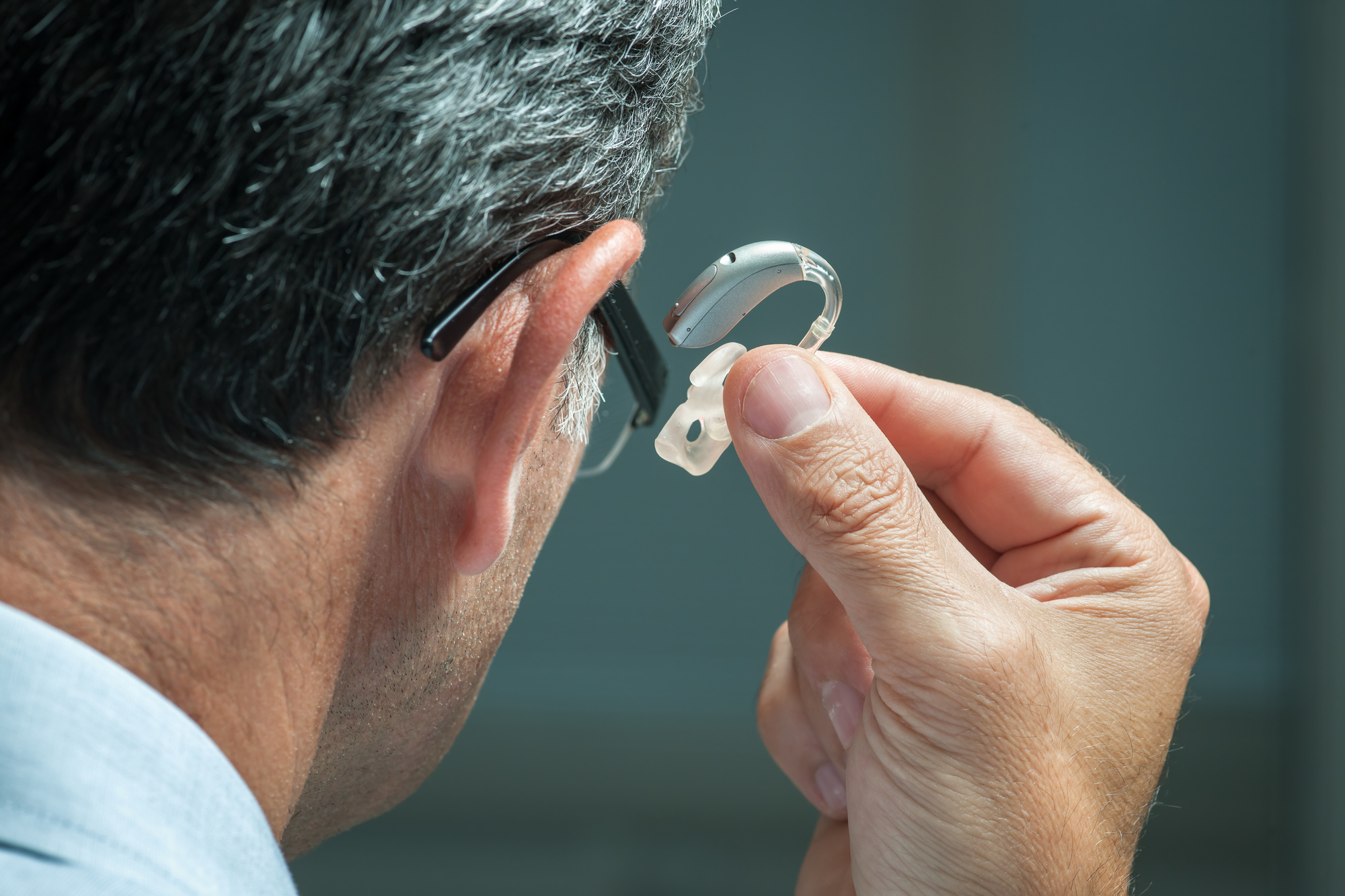The 6-Second Trick For "Top 5 Myths About Hearing Aids Debunked"

In-the-ear hearing aids are a well-known option for a lot of people with listening to reduction. These devices go with comfortably inside the ear canal and are made to boost noise, making them less complicated to hear. While in-the-ear listening to aids offer lots of advantages, they also have some possible drawbacks. In this post, we'll look into the pros and downsides of in-the-ear hearing help to help you produce an informed decision regarding whether they're correct for you.
Pros:
1. Discreet Appearance: One of the biggest advantages of in-the-ear listening to aids is that they're essentially unnoticeable when worn. Unlike behind-the-ear designs which can be huge and obvious, in-the-ear gadgets fit appropriately inside the ear channel and are scarcely detectable.
2. Comfy Fit: Because in-the-ear hearing assistances are custom-made to suit each person's ear canal, they usually tend to be extremely pleasant to wear. They don't possess any components that sit responsible for the ears or on leading of the scalp that may cause pain or inflammation.
3. Good Sound Quality: In-the-ear hearing aids supply great sound high quality because they're positioned close to the eardrum. This permits them to amplify seems even more effectively than various other types of listening to aids.

4. Easy to Utilize: In-the-ear tools are basic and easy to utilize; there's no necessity for cords or added extras like remote control controls or banners.
5. Marginal Comments: Because in-the-ear devices rest thus close to the eardrum, there's marginal comments or whistling noise when making use of them.
Disadvantages:
1. Limited Attribute: In-the-ear tools typically have less component than behind-the-ear styles because there's less space readily available for modern technology such as directional microphones or wireless connectivity.
2. Batteries Need Frequent Replacement: Because in-the-ear hearing help are smaller sized than behind-the-ear designs, their electric batteries usually tend to possess a much shorter life expectancy and require to be substituted much more often.
3. Not Ideal for Severe Hearing Loss: In-the-ear listening to assistances are commonly not suitable for individuals with serious hearing reduction because they may not offer enough boosting.
4. Even more Vulnerable to Damage: Because in-the-ear units sit inside the ear channel, they're extra susceptible to moisture harm from perspiration or earwax build-up.
5. More In-Depth to Change: Because in-the-ear gadgets are custom-made, they can be a lot more challenging to change than behind-the-ear models which possess modifiable tubing and ear mold and mildews.
Conclusion:
In-the-ear listening to aids supply a lot of advantages such as subtle appearance, pleasant in shape, good sound quality and easy usage. Having said that, they also possess some prospective downsides like minimal features, constant electric battery replacement demand and not being suitable for intense hearing loss due to less amplification. It's necessary to take into consideration your individual requirements when opting for a hearing help design, so speak with with your audiologist just before creating any sort of decisions.
